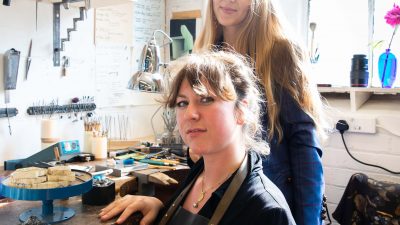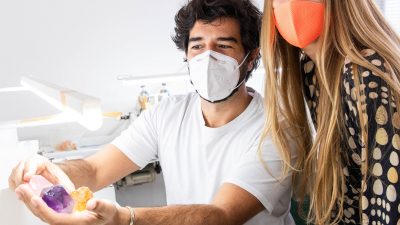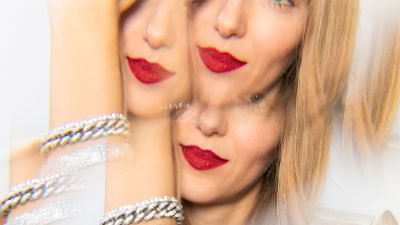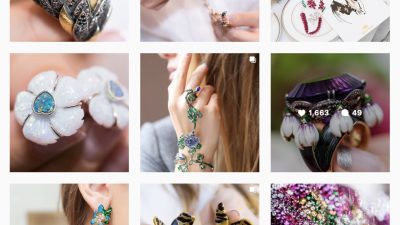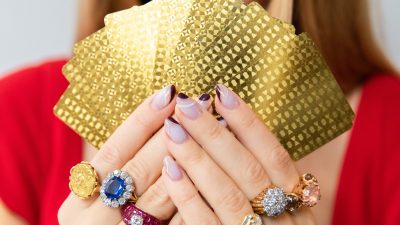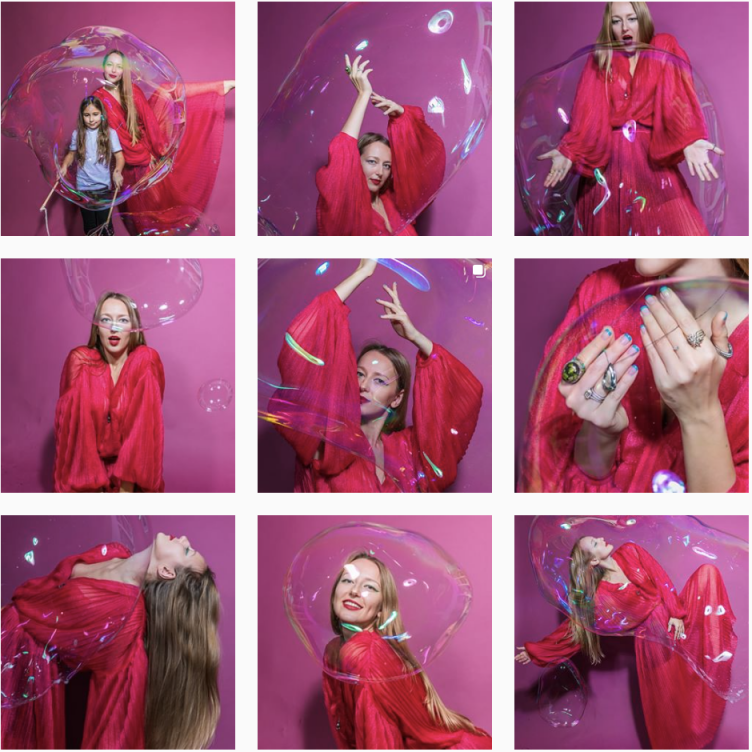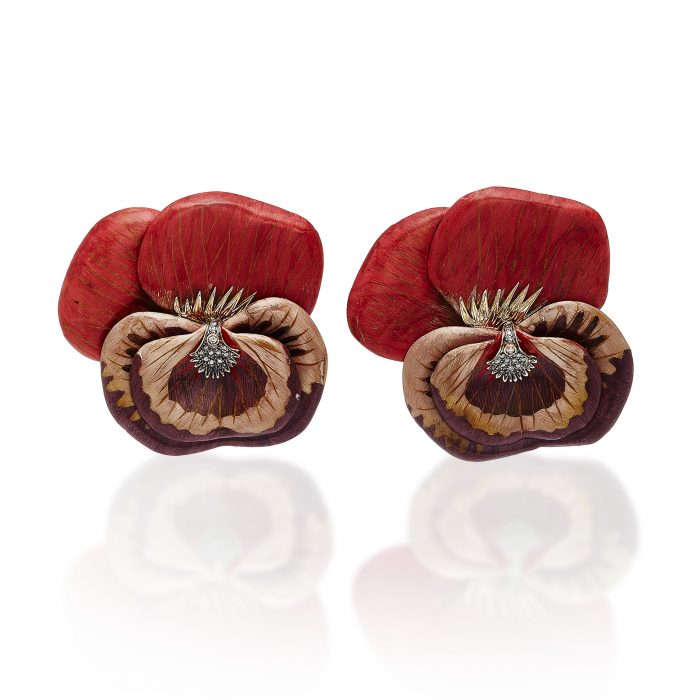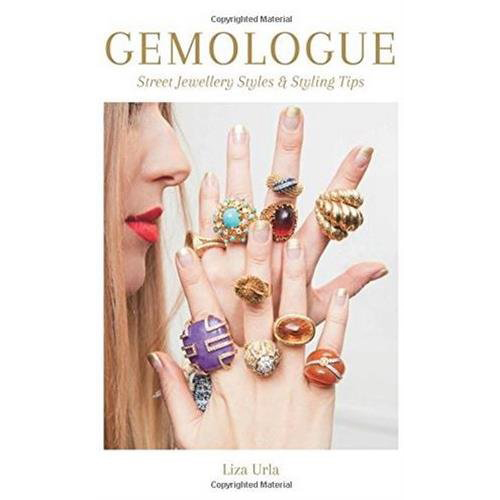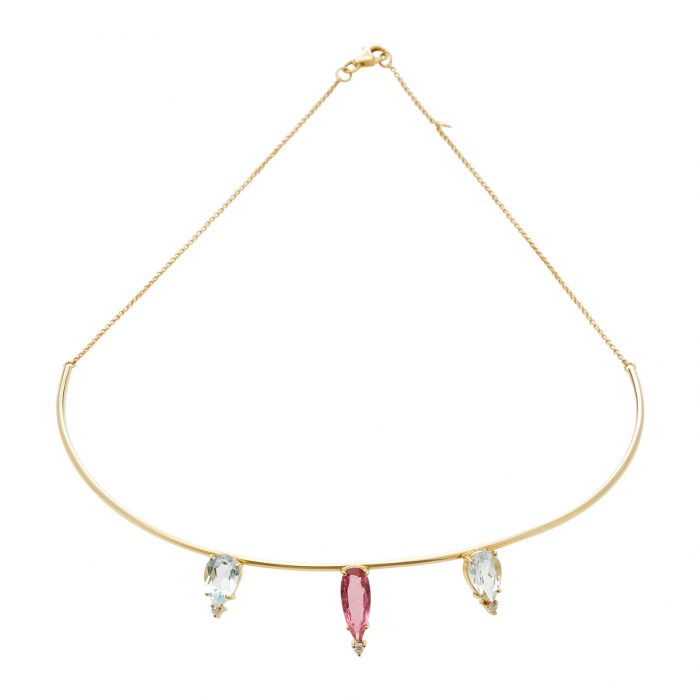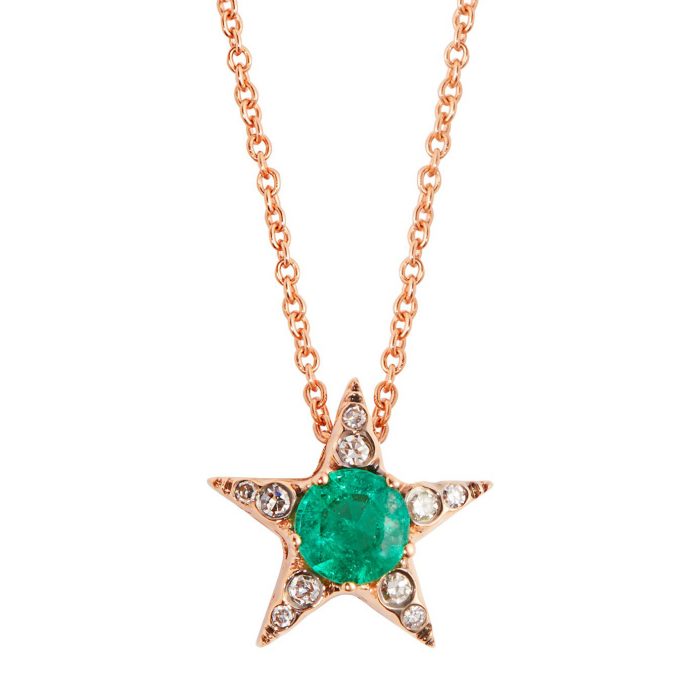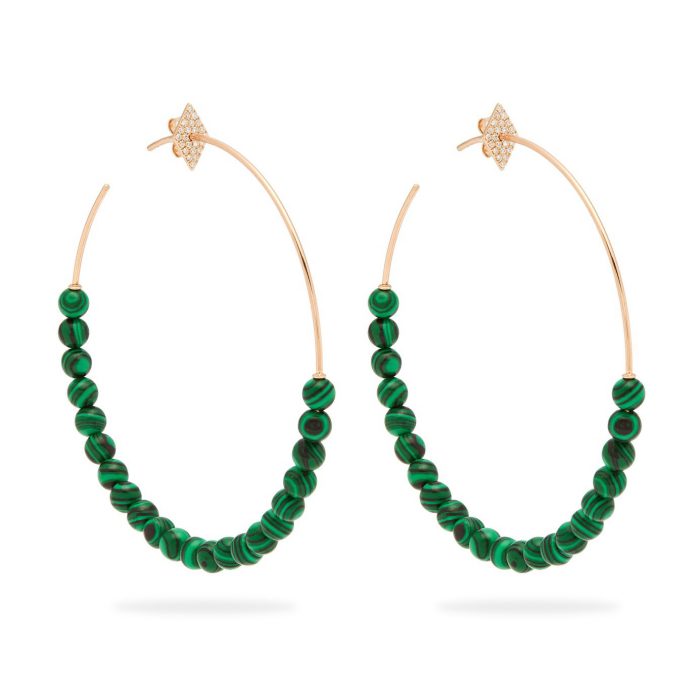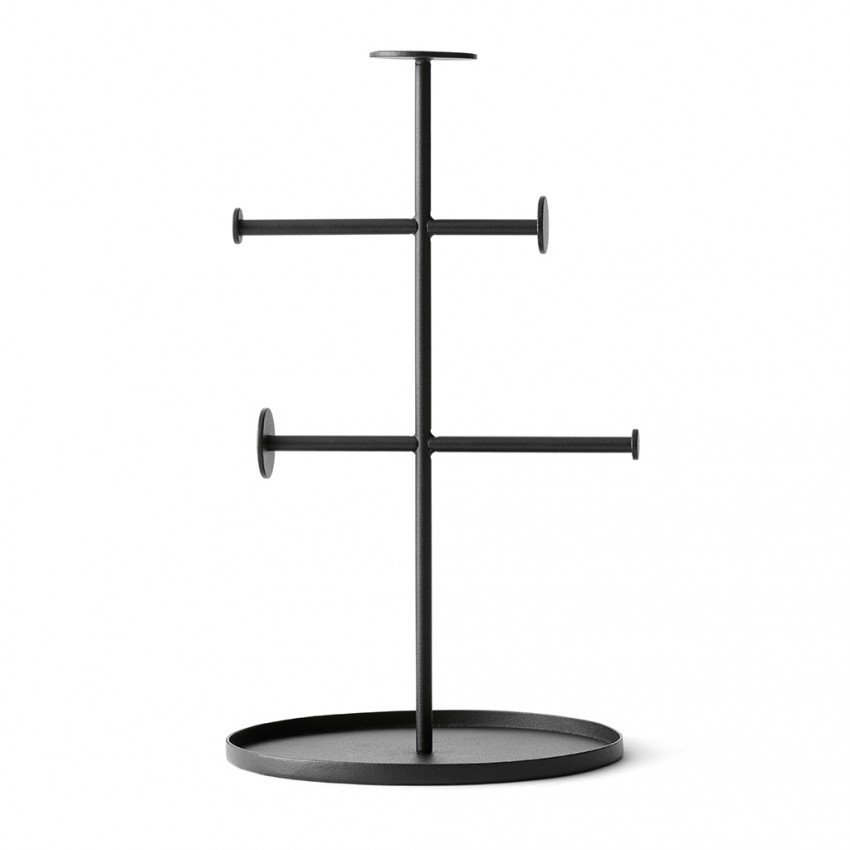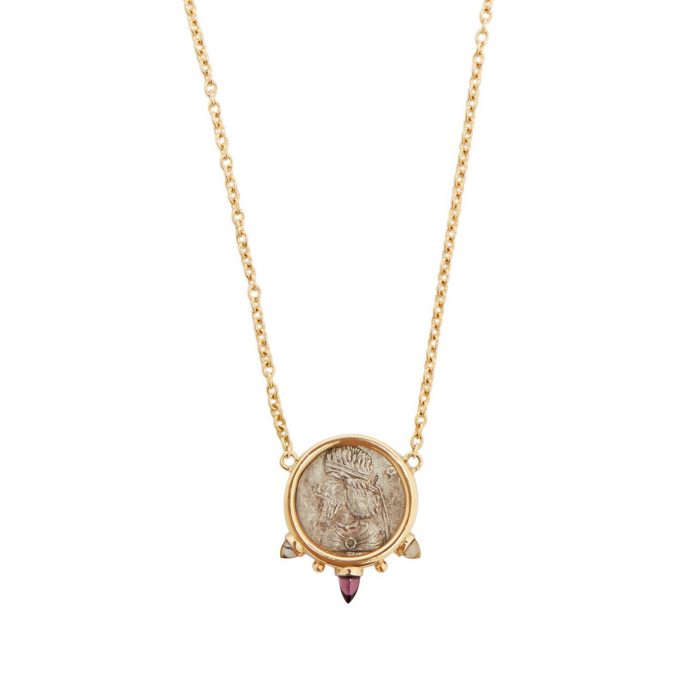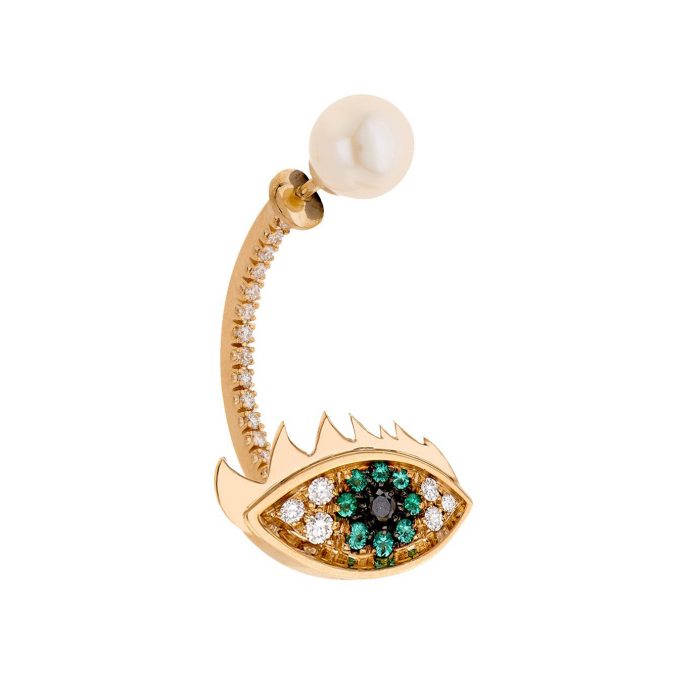ARE YOU IN A JEWELLERY BUBBLE? BUSTING 7 JEWELRY MYTHS!
“If the bubbles contain a misconception, as they always do, then it can’t be maintained forever.” – George Soros
Jewellery Lovers! Do you ever feel like you are living in a bubble? I’m on a mission to burst that bubble and bust the jewellery myths we’ve all come to believe! The jewellery world can be tough to navigate for inexperienced jewellery consumers, making informed purchase decisions difficult, especially when it comes to paying a fair jewelry price. Luckily, I am here to help and give you valuable advice as a GIA-trained gemologist and jewellery industry editor with a 10 years’ experience! So read on to explore 7 common jewellery misconceptions and learn something new about the jewellery industry.
View this post on Instagram
JEWELRY MYTH 1: JEWELLERY VALUE = THE VALUE OF GOLD AND GEMSTONE
I believe that the fair market value of jewellery cannot be judged solely based on the raw materials. Yet in some countries, it is still a common practice to pay the price per weight of a jewel, while neglecting the value of the artisanal craft. Michelangelo’s sculptures are not valued for the marble he used, they are valued for his talent in craftsmanship. I believe the same is true for fine and high designer jewellery. It is a work of art and should be valued as such. Over the years, these works of art only retain their value, despite fluctuations in the gold and gemstone/diamond market.
“Design and designer jewellery is still judged by something that ought to be just one element of it.” – Stephen Webster
View this post on Instagram
JEWELRY MYTH 2: ALL SYNTHETIC / MAN-MADE / LAB-GROWN DIAMONDS ARE ECO FRIENDLY
I feel we are trapped in the huge bubble created by the lab-grown diamond industry. With ‘sustainability, ‘eco-’, and ‘environmentally-friendly’ becoming increasingly trendy words, we often forget to fact check possibly misleading marketing claims that synthetic diamonds are better for the environment. The environmental impact of lab-grown diamonds largely depends on the production process, as few companies use renewable energy to power the laboratories. Some rely on coal-fired energy! So what can we do as jewellery consumers to make eco-friendly choices? Stay informed and ask questions! In an ideal world of GEMOLOGUE, I am hoping for more transparency from synthetic diamond producers about the energy-intensive process of man-made diamonds for both their direct consumers (jewellery brands), and us jewellery consumers. Unfortunately, we are presented with only the pretty side of lab grown diamonds benefits.
To decide for yourself whether you should buy lab grown diamonds, and whether man-made diamonds are good, read my article about the difference between synthetic vs. natural diamonds.
View this post on Instagram
JEWELRY MYTH 3: NATURAL GEMSTONES ARE NEVER ENHANCED
When I started my Gemmology course at GIA NYC 10 years ago, I was really surprised to discover how many gemstones have actually undergone special treatments to enhance their colour or clarity! From heating of sapphires and irradiation of topaz to oil fracture filling of emeralds, it is important for jewellery consumers to be aware of how their gems have been enhanced. There’s nothing to worry about, as many of these treatments have been around since ancient times and are a normal practice. But being informed about the ways our gems have been enhanced is to know the real jewelry stone value and handle them with care! If you are not sure, I suggest to take your gems off while cleaning and washing and try not to bring them close to heat and hot surfaces.
View this post on Instagram
JEWELRY MYTH 4: ALL PEARLS ARE THE SAME
Pearls are one of my favourite gemstones, because they are created by living sea creatures! Yet, there are so many different pearl types, prices and compositions which can be misleading for jewellery lovers. I am here to help you choose the right pearl!
Natural pearls are very rare and pricey (shop in Bahrain) because they’re formed when an irritant accidentally gets inside of a mollusk. Before cultured pearls were created in the 1900s, only the rich and famous could afford real pearls!
Cultured types of pearls are a human creation, as they are formed when the seed is placed inside an oyster to form a layer of nacre around it. This is also called pearl surgery! I suggest getting to know the difference between cultured saltwater types of pearls (my favourite) from Akoya, Tahiti, and the region of the South Seas and freshwater pearls. For instance, saltwater pearls are more valuable because they are grown in bays, inlets and atolls. Each mollusk produces one or two pearls. Freshwater pearls are grown mainly in China in man-made lakes and reservoirs. Each mollusk produces up to 40 pearls! Now you know why, if a jewel is described as a ‘cultured pearl’, it is most likely a cultured, freshwater pearl and less valuable.
You can find many different pearl jewelry types online, but just because the descriptions calls it a ‘pearl’ doesn’t mean it’s the real deal. It can be anything! Like imitation pearls, which centuries ago were made of glass and more recently, from plastic, crushed shell and crystal: Swarovski pearls, Majorica pearls, South Sea Shell pearls. There’s nothing wrong with them. Even Chanel herself was taken in by their beauty and wore them with pride. But it is important to know what you’re paying for! My best advice, as always, is to ask many, many questions!
View this post on Instagram
JEWELRY MYTH 5: GOLD COMES IN DIFFERENT COLOURS
One of the most common misconceptions about jewelry is that gold comes in different colours. When we think of the colour of gold, we see a bright yellow hue, which is the only colour of pure gold. Other colours of gold we know in reality are metal alloys containing gold. White gold (in reality light gray) is pure gold mixed with either nickel, palladium or zinc, and is usually plated with rhodium for a whiter look. While pink gold is often a mixture of pure gold, copper and silver to give it a beautiful rosy hue (my favourite!) Even yellow gold used in jewellery is mixed with other metals, because pure gold is too soft to securely hold our precious gems and is not as durable as an alloy.
This is why the gold fineness measure was invented. It indicates the purity of gold based on karats, with 24k gold being the purest form. It has 99.9% percent of gold metal, whereas, 18k gold is 75% pure gold, 14k is 58.5% pure gold. It is important to keep this scale in mind when shopping for gold as it greatly affects jewellery value and care. And never fall for ‘24k gold plating’ in fine jewelry! It just means silver or any other base metal has been dipped in a very thin layer of gold, which will definitely wear off with time.
View this post on Instagram
JEWELRY MYTH 6: THE BIGGER THE DIAMOND, THE HIGHER ITS VALUE
The value of a diamond is not necessarily judged by its size or carat weight. In reality, there are 4 equally important factors: carat, clarity, colour, and cut. Together they make the 4Cs of diamond classification. The cut determines how sparkly your diamond is when light shines through it. Clarity tells you if a diamond has natural birthmarks, also known as inclusions and blemishes. The closer it is to flawless, the more light can pass through it. Even a slight hint of colour can affect the value of a colourless diamond. Fancy coloured diamonds are another story. Their value grows with their colour!
Every single diamond is unique and has its own unique combination of 4Cs, each determining its value. I suggest you opt for a certified diamond. It is so wonderful to have the certificate system so you know your jewelry has fair market value. It also helps you to understand how to pick YOUR perfect diamond and stay within your budget. It also brings more transparency into diamond shopping, which is not always the case with other gemstones.
Learn everything you need to know about diamonds.
View this post on Instagram
MYTH 7: NEW GENERATION WILL CONTINUE BUYING JEWELLERY
In reality, Generation Z (aged 9 to 24 today) are less likely to consider buying jewelry, when they have endless choices of other luxury goods and experiences that already adhere to their values of sustainability, diversity and freedom.
As Renilde Vervoort of Sassi Fine Jewellery noticed: “A nice handbag, a designer coat… all of these will eventually become less attractive, outdated and used. Jewellery, however, is here to stay.” I agree, but Generation Z needs more than that. They need price and supply chain transparency to be able to make responsible, eco-friendly choices, which is more important to them than to any other generation before. We all need to adapt to their needs faster with more flexibly than ever…and it seems to me, we are on the right track!
“Jewellery brands are not old-school traditional jewellers anymore. They want to connect with real people, not just in glossy magazines with photoshopped ads, they want to be part of the new scene and the people who desire uniqueness and creativity.” – Charlotte Mobjerg of The Jewellery Room
Thanks for stopping by! What other misconceptions have you heard about jewellery or gemstones? Please let me know in the comments down below!
View this post on Instagram
I am extremely happy to announce that my new jewelry book – GEMOLOGUE: Street Jewellery Styles & Styling Tips – is now on Amazon. I’m so excited. It’s the first book of its kind solely dedicated to jewellery.
You can sign up for GEMOLOGUE newsletter below and I also share jewellery on Instagram, Twitter, Facebook and Youtube if you’d like to connect, or feel free to say hello info@gemologue.com
SHOP MY FAVOURITE JEWELRY ONLINE:
GEMOLOGUE jewelry blog by Liza Urla is a celebration of fine, fashion and vintage jewellery featuring talented jewellery designers, trendy urban street style, exclusive interviews and rare jewellery reviews. This jewellery blog’s goal is to encourage and educate about jewellery online in a fresh and original fashion to inspire women and men across the globe in a fashion and travelling context.
Jewellery blogger, writer Liza Urla, the founder of GEMOLOGUE, is a London-based and NYC-educated gemologist, who has travelled to and lived in many countries. She is now one of the most influential digital jewellery tastemakers. Her jewellery influence has been acknowledged by Financial Times, The New York Times, Vogue and Harper’s Bazaar.
*Styling and Art Direction by Liza Urla. All photos belong to GEM Kreatives for GEMOLOGUE.
Material on this website may not be copied, broadcasted or adapted without written consent.

